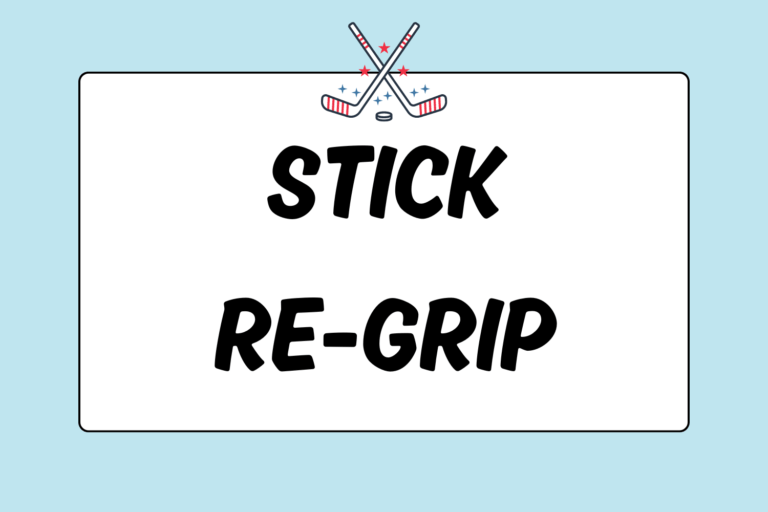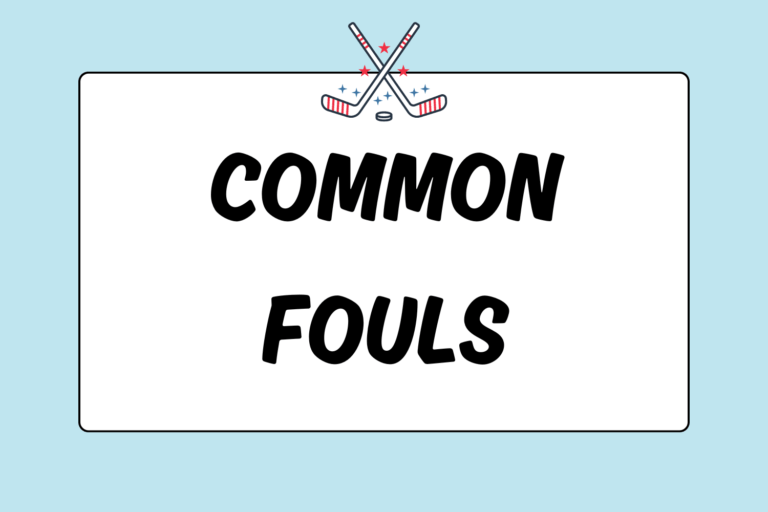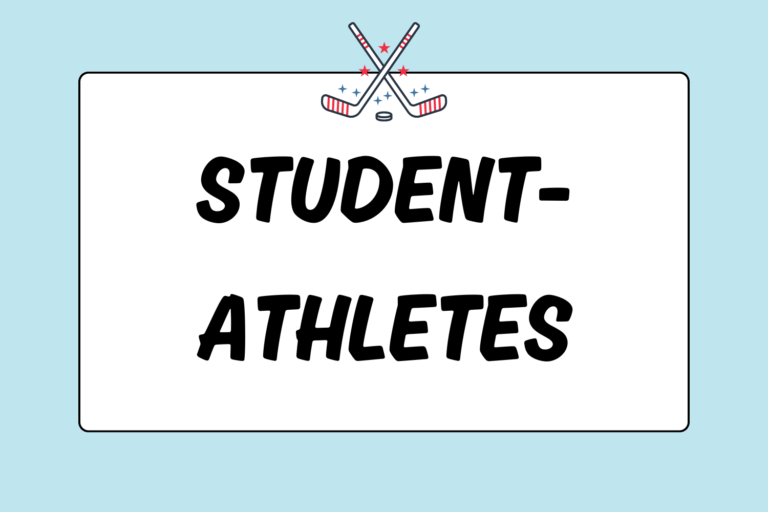If you want to learn a new sport, field hockey is for you because age doesn’t matter! The age that most players start playing varies by country, but it also depends on the popularity of the sport. While many countries teach the sport to players as young as 10 years old, the emphasis on skill (rather than pure athleticism) pushes its popularity to older generations, as well.
This guide will teach you the ins and outs of the sport and get you acquainted with the basics of field hockey, or “hockey” as it’s internationally known.
Step 1: Know Your Equipment & Players
All you need to start playing is a stick and a ball, sport-specific of course. The game is played on grass or turf fields. Two teams play against each other in two, 35-minute halves. Each team is allowed 11 players on the field at all times, including the goalie.
The goalie is heavily padded from head to toe. Player protective gear is simpler, however, with the basic padding of shin guards and a mouth guard. But not to worry, the sport is completely non-contact. So if played correctly, no one should get hurt.
Step 2: Learn the Positions
The positions are generally divided up into three lines on the field. There is an offensive, midfield, and defensive line. The 10 players, excluding the goalie, are positioned on the field according to a formation set up by the coach.
The objective of the game is to score more goals than your opponent. This seems simple, but as a whole, field hockey is a low scoring game. Generally, game scores range from one to five, and almost never exceed 10 goals.
Step 3: Understand the Rules
Because the sport is non-contact, games are often dominated by referee calls. There are numerous types of fouls, but the most common is a foot foul. The ball is not allowed to hit any player’s feet on the field (excluding the goalie), intentionally or unintentionally. Beginning players usually have trouble with this until they are comfortable with stick stopping. But if you learn the basic rules, the speed of play is faster and more enjoyable.
For more information on penalties, please see our guide, Understanding Common Fouls in Field Hockey or Field Hockey Rules & Regulations.
Step 4: Learn the Passing Lingo
Players on the field work together by passing the ball between each other to progress it up the field. The players use a triangle passing system to connect passes to each other. This strategy helps prevent the opposing team from intercepting the ball. There are a few common passes:
- Flat pass: A pass directly to the left or right, generally across the field.
- Through pass: A straight forward pass.
- Back pass: A backward pass.
The most common form of passing is the push pass. In this pass, the player keeps the ball on her stick for the entire duration of the pass and pushes the ball to her teammate. Players can also slap the ball to make a moving pass to a teammate.
Step 5: Familiarize Yourself with Scoring
There are several ways to score a goal in field hockey. But, the most important rule to remember is that the ball must be touched within the shooting circle to count as a goal — there are no exceptions. Goals can be scored on a:
- Short corner
- Field goal
- Penalty stroke
Short Corner
Understanding short corners can be very confusing. It is a power play awarded to the offensive team when the defense commits a foul inside the shooting circle. The offensive team is allowed to set up around the shooting circle with as many field players as desired.
The defensive team is only allowed five players (including the goalie) to defend the goal. The remainder of the defensive team must wait behind the center line until the ball is put into play by the offense. At that point, the players waiting behind the line may run back to help defend.
For a few seconds during this power play, the offense almost doubles the number of defensive players. This is why most goals are scored off short corners.
Field Goal
Another way to score is with a field goal — a goal scored during regular field play. The only catch to this form of scoring is that the ball must be touched within the shooting circle for it to count as a goal. So, if you’re a parent at your son or daughter’s game, think twice about jumping up for a long goal — it may not have counted.
Penalty Stroke
Lastly, goals can be scored by penalty strokes. These are shots awarded to a player whose team was severely fouled inside the shooting circle. A player chosen by the fouled team is allowed to take a single shot, one-on-one, with the goalie. If she makes it, she receives a point for her team. If she misses, the defensive team takes a 16-yard hit after the play has ended.
Step 6: Learn Which High Balls are Allowed
The ball is allowed to be lifted into the air on certain occasions. The general rule is that the ball can be lifted either lower than a player’s knee or higher than her head. But, regardless of where the ball is, if the hit doesn’t put anyone in danger, the referee could waive a potential penalty.
On the field, the ball is lifted by scoops or flicks. Players are also allowed to take lifted shots on goal, as long as they not dangerous. On short corners, the ball is not allowed to be lifted, except with a specialty shot, called the drag flick.
It’s Always a Good Day for Hockey
Field hockey is one of the most popular team sports in the world and continues to grow. Why? Because it’s simple! All you need is a stick and a ball to hit around and get started. So, why not start today? Grab a partner and pass around, or join a pick up game. Just try not to get any bumps and bruises along the way!





